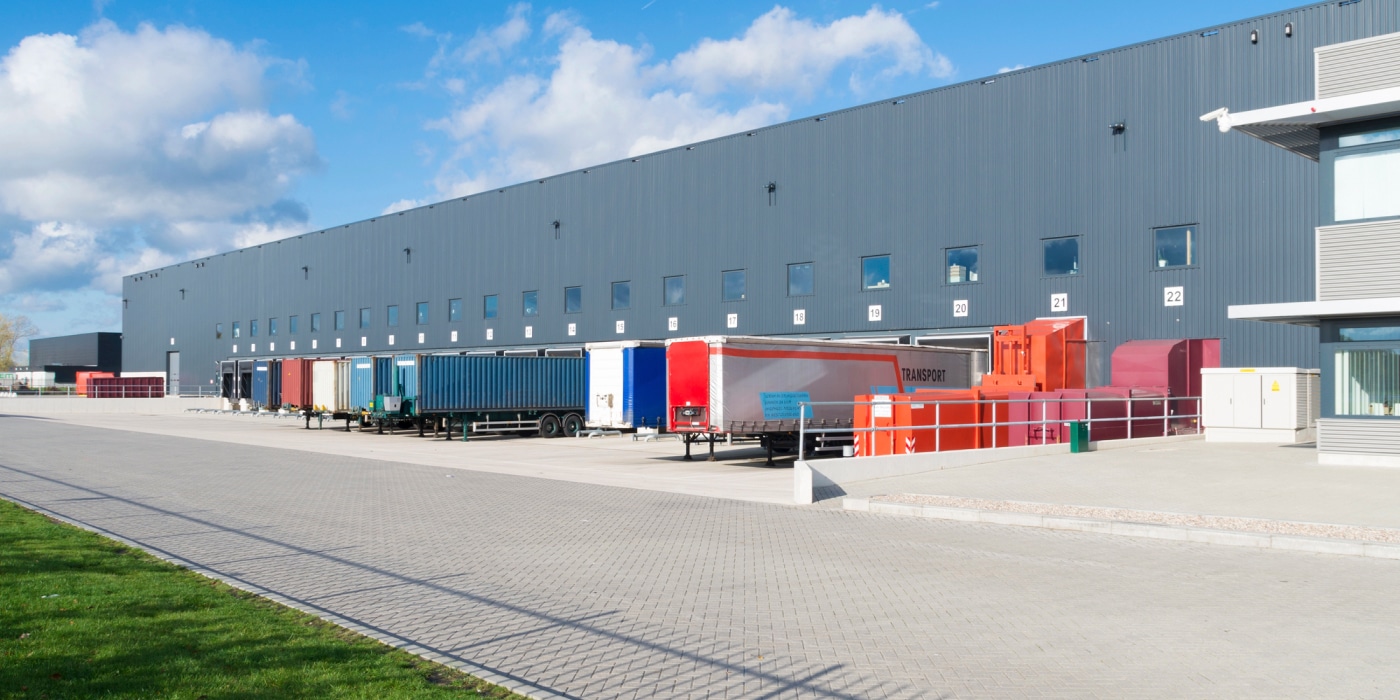How eCommerce is Transforming Retail Distribution Channels
The rise of eCommerce has changed the landscape of retail, impacting everything from how consumers shop to how products are delivered. Global online retail sales are expected to grow from $4.4 trillion in 2023 to $6.8 trillion by 2028, according to a recent Forrester report. Online sales in the U.S. are expected to grow from $1 trillion in 2023 to $1.6 trillion by 2028 and will account for 28% of total domestic retail sales, according to the report.
As more consumers embrace online shopping, retailers and brands are rethinking their distribution strategies. Here’s a look at how eCommerce is transforming retail distribution channels and what businesses can do to adapt to this new reality.
Redefining Customer Expectations
One of the most significant impacts of eCommerce on traditional retail distribution has been the shift in consumer expectations. Online shopping offers instant access to a variety of products, detailed product information, and customer reviews. It has set new standards for convenience and speed. Consumers benefit from greater product variety and the convenience of shopping from anywhere at any time.
Consumers expect instant gratification with services like same-day delivery and on-demand delivery services becoming increasingly common. This shift has forced traditional retailers to adapt their distribution strategies. They are now prioritizing speed and agility to meet these expectations, often integrating advanced logistics technologies and rethinking their supply chain models to distribute goods faster and more efficiently.

Increasing Direct-to-Consumer Models
The rise of the direct-to-consumer (DTC) model has led to a more direct and agile distribution process. Brands no longer rely solely on intermediaries like wholesalers and retailers to reach their customers. Instead, they can sell directly through their own eCommerce platforms, allowing for greater control over pricing, branding, and customer experience. By selling directly to customers, companies can strengthen customer relationships and simplify and streamline the distribution process.
Retailers are increasingly adapting their businesses to accommodate DTC brands and consumers. Best Buy is in a new partnership to turn its stores into fulfillment hubs for DTC consumer electronics websites. The retailer is collaborating with omnichannel marketing and data solutions provider Lucky to let consumer electronics brands connect their DTC websites with its store inventory in real time. As a result, customers will have the ability to view product availability at their local Best Buy store and leverage Best Buy’s same-day delivery and in-store pickup options.
Impact on Supply Chain and Logistics
Another change brought about by eCommerce is the need for more dynamic and responsive supply chains. Traditional supply chains, designed for bulk shipments to retail stores, have been replaced by models that prioritize speed and flexibility. Retailers must now manage smaller, more frequent deliveries directly to consumers’ homes, which requires a different approach to inventory management. Warehouses are evolving into fulfillment centers designed specifically for online orders. These facilities are strategically located to reduce delivery times and costs, often near urban centers where the demand is highest.
To meet the growing demand for faster delivery, some retailers are adopting micro-fulfillment centers located closer to the end consumer. By leveraging existing retail locations as micro-fulfillment centers, retailers can maximize their existing infrastructure and provide quicker delivery service. Businesses are increasingly turning to advanced technologies like real-time data analytics, artificial intelligence, and delivery management solutions. These tools allow retailers to better predict demand, optimize inventory levels, and manage deliveries more effectively.

The Role of Third-Party Logistics Providers
For many retailers, partnering with third-party logistics providers is an effective way to scale their operations and meet the demands of eCommerce. These companies specialize in handling various aspects of the logistics process, from warehousing and inventory management to order fulfillment and last-mile delivery.
Third-party logistics providers offer the infrastructure, fleets, and expertise needed to manage eCommerce logistics, allowing businesses to focus on core competencies like product development and marketing. This partnership model is particularly beneficial for small to mid-sized retailers that lack the resources to build their logistics networks from scratch. They can access advanced technologies to help them to optimize delivery routes, reduce transportation costs, and meet customer expectations for faster delivery.
Online shopping has reshaped retail distribution channels, creating both challenges and opportunities for businesses. By leveraging technology, integrating new logistics models, and staying responsive to consumer demands, retailers can transform challenges into opportunities for growth and enhanced customer loyalty.
For more information about how our delivery management solution can help you manage your delivery operations more efficiently, please contact info@bringoz.com.
